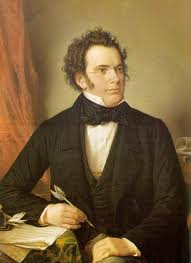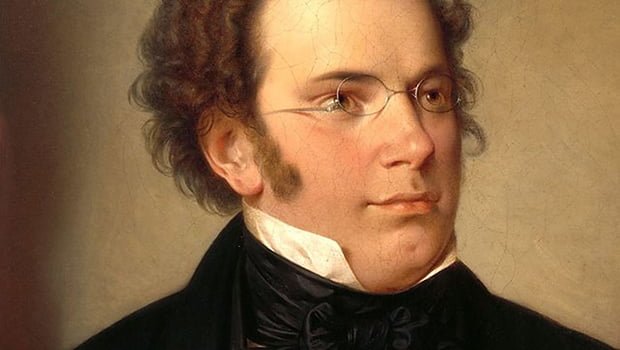The History of Franz Schubert’s Piano Sonata No. 21 in B-flat Major, D. 960
Franz Schubert’s Piano Sonata No. 21 in B-flat Major, D. 960 stands as one of the most profound and moving works in the entire piano repertoire. Composed during the final months of Schubert’s short life in 1828, this monumental sonata represents the culmination of his mature style, blending lyrical beauty with deep emotional complexity.
A Masterpiece from the Composer’s Final Year
Schubert composed this sonata in September 1828, just two months before his death at the age of 31. Despite his deteriorating health, his creativity was at its peak. The Sonata in B-flat Major is one of three final piano sonatas he wrote in quick succession during this period—the other two being the sonatas in C minor (D. 958) and A major (D. 959). Together, these works are often referred to as Schubert’s “final trilogy” of piano sonatas.
Although Schubert’s music had started to gain some recognition during his lifetime, he remained largely underappreciated compared to his contemporaries like Beethoven. The B-flat Sonata was never performed publicly nor published while he was alive. It first appeared in print in 1839—eleven years after his death—thanks to the efforts of composer and pianist Robert Schumann, who was among the first to recognize the sonata’s extraordinary qualities.
Structure and Style
The sonata is structured in four movements:
- Molto moderato – A spacious and contemplative opening movement, notable for its broad melodic lines and the presence of a mysterious low trill in the left hand that recurs throughout.
- Andante sostenuto – A deeply introspective second movement in C-sharp minor, expressing an atmosphere of sorrow and meditation.
- Scherzo: Allegro vivace con delicatezza – A bright and playful contrast, full of charm and rhythmic vitality.
- Allegro ma non troppo – The finale resumes the lyrical mood of the first movement, ending the sonata with both gentleness and determination.
Throughout the sonata, Schubert displays his gift for long melodic lines, subtle harmonic shifts, and emotional depth. The first movement’s quiet mystery, the second’s haunting beauty, and the contrast between introspection and joy across the work make it a compelling and immersive experience for performers and listeners alike.
Interpretation and Legacy
Schubert’s final piano sonatas, especially D. 960, were neglected for decades after his death. It wasn’t until the 20th century that pianists like Artur Schnabel, Wilhelm Kempff, and Alfred Brendel brought these masterpieces into the concert repertoire. Today, D. 960 is widely considered one of the greatest piano sonatas ever written.
The work is often seen as Schubert’s musical farewell, full of nostalgia, serenity, and quiet acceptance. It transcends mere technical brilliance to speak directly to the listener’s soul. Many pianists describe performing this sonata as a spiritual journey, and it has become a cornerstone of the Romantic piano literature.
Conclusion
Franz Schubert’s Piano Sonata No. 21 in B-flat Major is more than just a remarkable achievement in piano composition—it is a testament to the human spirit. Created in the shadow of death, it radiates life, beauty, and transcendence. Whether you are a pianist exploring its depths or a listener discovering it for the first time, Schubert’s final sonata offers an unforgettable musical experience that continues to inspire generations.


Comments are closed